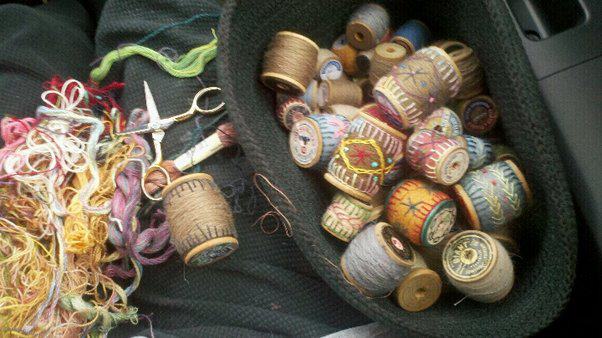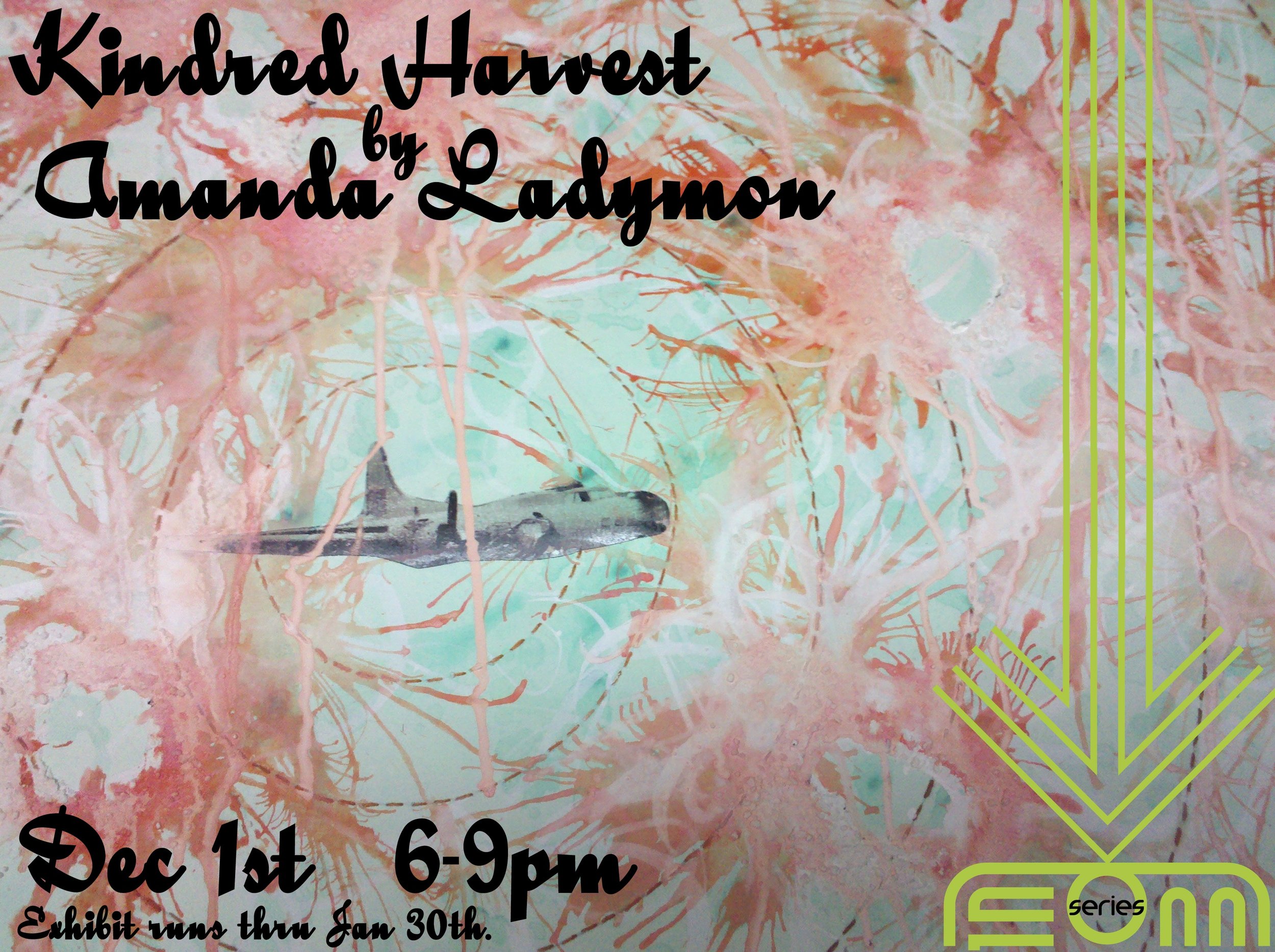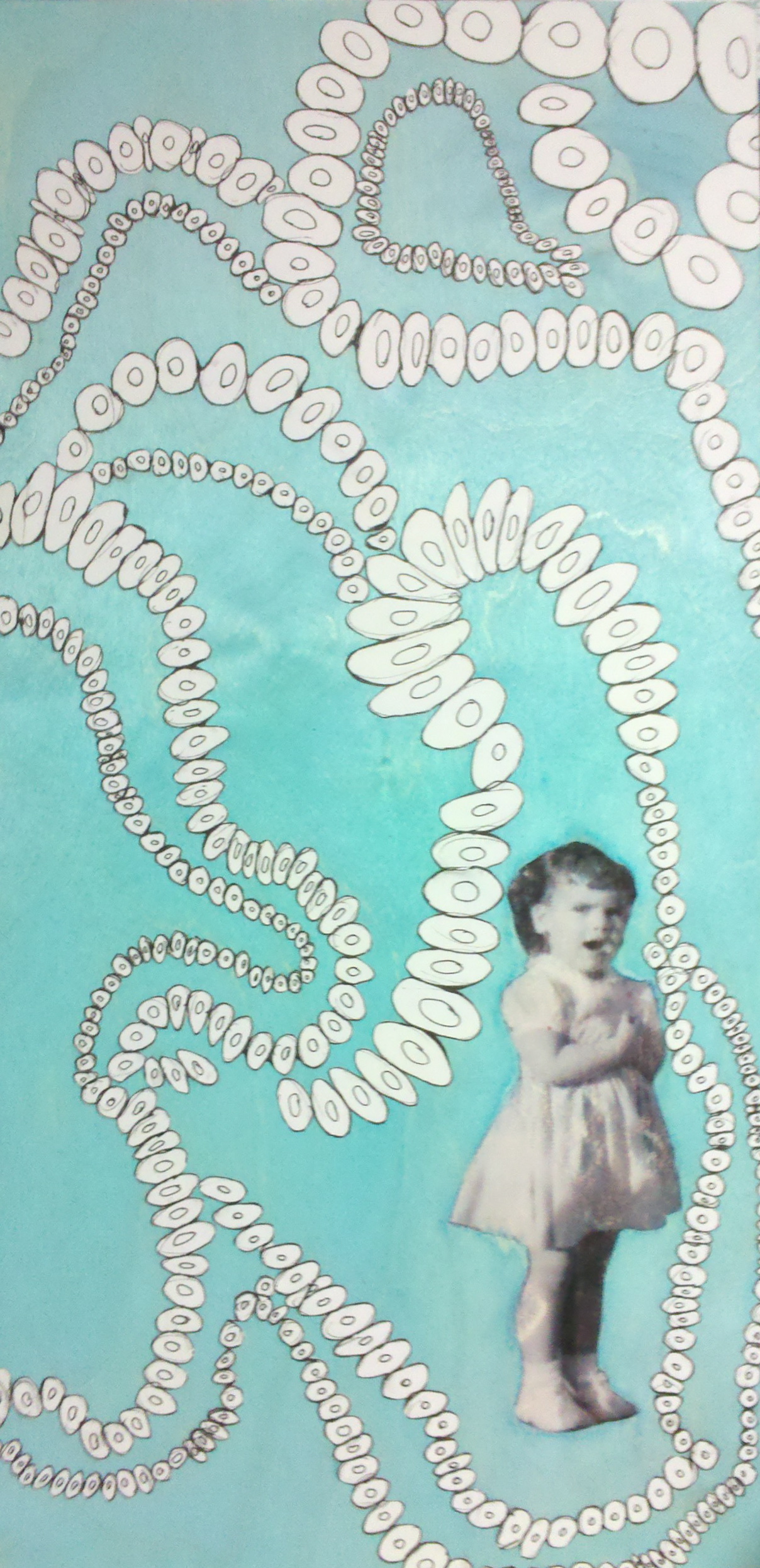Alex Smith is a student of the 20th century By Cynthia Boiter
Here’s a fun way to spend a summer afternoon – ask local artist Alex Smith to tell you about one of the many plays he has directed. Tell him you want to know all about it. Then sit back and prepare to be entertained. It’s not just the animation in his face, or the way he slips in and out of various characters without realizing it as he describes them – whether he has ever played the role or not. Alex Smith, the multi-disciplinary artist, brings something akin to transcendence to most any artistic mission he takes on, be it acting, directing, filmmaking, playing music, writing, or, his latest endeavor, visual arts. Smith’s unique take on whatever art form he embraces may result from the fact that his artistic career has developed like an organic flowchart; the near mastery of one discipline leading naturally to an embarkation on the next. Whether he is behind the camera or in front of the audience, in the wings or wielding a paintbrush, the mostly self-taught Renaissance rogue brings a distinct and analytical slant to his discipline artistique de la journèe, requiring friends and patrons always to question, what’s next for Smith and how will he turn it on its end?
Smith’s ability to execute his art well is even more interesting given that he became involved in the arts primarily because he wasn’t doing something well at all – going to high school. Born 37 years ago in Springfield, Massachusetts in the same hospital Dr. Seuss had been born almost seventy years before, Smith soon moved to Charleston with his mother and naval officer father and eventually attended Miss Mason’s private school where he remembers “always painting and drawing.” He continued to dabble in the arts that children do, despite losing the ability to see blue and green at a very young age. Like many artists, Smith didn’t find school challenging – it gave him little stimulation and seemed “silly” to him in so many ways.
Another family move brought the adolescent Smith to Columbia where he found no improvement in his academic situation. “By the time I was 14, I was failing in school, misunderstood, and all that typical, tortured other shit kids complain about,” Smith recalls. “Let’s just say I didn’t thrive in the public school system.”
But the arts made sense to the boy – in large part due to some specific and meaningful influences early in his life.
“I met and was deeply affected by Scot Hockman, who was the art teacher at Irmo Middle School,” Smith says. Hockman, who is now with the South Carolina Department of Education, had an “invaluable influence” on Smith, supporting and challenging him, as did his stepfather, Mark Harons.
“I have to give my stepdad credit,” Smith says, tracing much of his aesthetic sense back to early exposure to popular music. “He steered me away from hair and metal music and introduced me to groups like R.E.M., U2, and English Beat … the whole punk scene. Coming to understand that kind of music affected the way I looked at the creative process, even as a kid. I can’t thank him enough for that.”
Despite his positive role models, Smith says that he continued to fail in school, “because I knew what I wanted to do. I knew I was not dumb … I just didn’t want to learn the way they wanted me to, but I didn’t know how to convey that to my teachers. I mean, a 15-year-old boy is basically a walking boner, you know. But my mother came up with a brilliant idea.” She enrolled him in an acting class at the local independent acting company, TRUSTUS Theatre.
“My mom went up to Kay Thigpen, [co-founder and managing director of the theatre group], and said, ‘Will you please do something with him?’”
“I met Jim and Kay and fell in love with them and with what they were doing,” he says.
Smith’s first break came when he was cast to play the part of Evil Elvis #2 in a late night production of The Adventures of Butthole the Clown. After that, he was hooked on theatre and the creative process. “I had found my home,” he says, recalling learning how to tech performances and watching as local actors transformed themselves before his young eyes. Though his grades continued to plummet he finally felt happy and understood. At the age of seventeen, and halfway through his senior year in high school, he made the difficult decision to drop out and get his GED. “It was absolutely the right decision for me,” Smith still says today.
With more time to devote to his newfound passion, Smith soon found himself cast in a number of local productions including Bahram Beyzaies’ political play, Four Boxes and, eventually, even trying his hand at directing.
“Jayce Tromsness has to have been the person who influenced me more than anyone else,” Smith says. Tromsness, who, in addition to his work as an actor and behind the scenes at TRUSTUS, also founded several South Carolina theatre groups including The Distracted Globe Theatre Company in Greenville and Columbia’s now defunct The We’re Not Your Mother Players. “Jayce gave me my first shot at directing. He taught me so much more than I ever could have learned in school and he instilled in me a tireless work ethic. He taught me that if you’re going to do anything you have to know everything about it – with theatre that means props, sound, lights – you have to know and understand it all.”
This attention to detail followed Smith as he grew into a young actor and director who spent as much time in the wings as on the stage, developing a resume that reads like a primer to twentieth century theatre – think Sam Shepard’s Fool for Love, LeRoi Jones’ (aka Amiri Baraka) Dutchman, Nicky Silver’s Free Will and Wonton Lust, and Lanford Wilson’s Home Free!
In March 2000, at the age of twenty-six, and after taking a brief hiatus to start a garage band with his friend and fellow actor Steve Harley – (it wasn’t his first foray into musical arts – Smith learned violin in the Suzuki method as a child and regularly played music with friends) – he directed his first main stage show at TRUSTUS: Moisès Kaufman’s Gross Indecency – The Three Trials of Oscar Wilde, featuring local veteran actor, Paul Kaufmann. Working with Kaufmann also impacted Smith.
“I can’t say enough about Paul as a human influence and a friend,” Smith says. “He was my closest ally when we were working together. I grew so much through working with Paul and watching him work. And I grew so much by working on this play.
The years that followed saw Smith take on one demanding play after another, including Suzan-Lori Park’s Pulitzer Prize winning Topdog/Underdog, Kaufman’s The Laramie Project, and David Lindsay-Abaire’s Fuddy Meers. But it was when the artist first directed the East German rock musical Hedwig and the Angry Inch in Columbia, and then starred as the androgynous title character in the same play in Charleston, that Smith began to see his life and art taking on a new form. Not only did the part require him to be on stage almost constantly, singing well and speaking candidly with the audience, all while dressed as a woman wearing a wig and low breasts in a tattered I [heart] NY T-shirt; it also demanded an emotional commitment with which the actor was unfamiliar.
“Performing the role of Hedwig opened up something inside of me that I didn’t even know was there,” the actor says, his face reddening and his eyes unashamedly misting over. “It was just so human. I had spent an extended time in my life during which I virtually never cried; it didn’t matter what happened. But when I sang in the song Hedwig’s Lament that ‘I gave a piece to my mother,’ it was incredibly cathartic. I sobbed. And I became a much fuller person then.”
That experience prompted the artist to become even more serious about his art and move to New York City where he took several jobs, including dog walker and barista, as well as actor, but where he also found himself drawn to film. “I kept hearing myself saying that I wanted to make a film, and I began seeing the world not as an actor or the director of a play, but from the perspective of someone who was creating a series of images and interpretations from scratch,” he recalls.
A trip back to South Carolina over the Christmas holidays in 2003 gave Smith the opportunity to begin work on a screenplay. “It was terrible,” he says. “But it showed me that I needed to figure out how to do it – how to make a film.” To that end, he began buying and watching the Criterion Collection of classic and contemporary films and, auto-didactically, learning what made them great. His next screenplay was written over a six-day period of time with little to no sleep.
“Writing for film is all about the power of the subject … you have to focus on what’s not said,” Smith explains, admitting that, of all the art forms he enjoys, writing is the hardest. “I almost leave my body when I write,” he continues. He rubs his eyes and pushes his hair back on his head displaying a decidedly Jack Nicholson-esque hairline and profile.
But Nicholson he is not, nor is he any of the other characters he channels so well.
“I used to allow what I created to define me,” he admits. “But that is so dangerous … you lose who the fuck you are. I act and direct, and I make films … but I’m not an actor or a director or a filmmaker. I’m not an artist. I am a student of the twentieth century, nothing more.”
It is in his devotion to the analysis of the last century that the essence of the visual artist Smith denies he is surfaces the most. He constantly assesses the situation, looking for symbolism and interjecting complementary stories either from his own past of from a past created via scripts and stage directions, literature, or scenes from a film. He sees the meaning in everything around him. It was almost inevitable that he would eventually pick up a paint brush and bring the icons in his head into reality. “It’s time to make our own new myths,” he says. “Jesus, Mohammed, Vishnu … in a thousand years will be what the Dead Sea Scrolls are to us now. We have to get busy.”
Which is what Smith did in late 2010 when he began painting again – he got very busy.
Some visual artists tend to work for extended periods of time on their paintings, patiently waiting for the unique insight that will allow them to finish a project to their slow and contemplative satisfaction, while others tend to work in spurts, spitting out a completed painting in no time flat. An efficient and prolific artist, Alex Smith doesn’t adhere to either practice, but rather works in splats – taking on several projects at once and moving between them until they are whole. His influences and subject matter come from diverse directions – literature, theatre, philosophy, Biblical references, social commentary, politics, his childhood, and parenting his own child, with whom he is clearly and profoundly in love.
With an uncanny facility for capturing emotion in realistic facial features set against improbable faces, Smith has a knack for eloquent poignancy. His two large paintings, Didi and Gogo, for example, inspired by Samuel Beckett’s tragicomedy, Waiting for Godot, depict the main characters from the play, Vladimir and Estragon respectively, in boots and bowlers, with tattered clothes and pensive expressions, and Gogo, or Estragon, looking away from the viewer, perhaps pondering his next meal or more recent ache or pain.
Like the characters from the play, Smith also references religion frequently in the subject matter of his paintings, but from a distinctively more irreverent angle. His mute-colored Saint Sebastian, for example, created on paper cut from the inside of a box of Special K cereal, shows the martyr in creamy beige against a background of black, a single smear of blood on his shoulder despite the multitude of arrow wounds rendered by the archers of the Roman emperor Diocletian. Hollow cheeked, the saint’s blue eyes look disappointingly upward and the words, “HI DEFINITION SET” appear above the blood, and “WASTE” along the lower left of the painting. The phrase, “A CRACK IN THE VENEER OF HYPERBOLE,” has been crossed from the upper left border of the painting but is still legible.
Other Biblical references include the artist’s interpretation of The Vision of Saint Augustine, Annunciation, The Unrepentant Sinner, and The Holy Family in which the baby Jesus is depicted with a stylized smiley face, typical of the icon created by the commercial artist Harvey Ball in 1963.
Not shy of making socio-political statements, Smith often veils his messages in incontiguous lettering, dividing the words among spaces and lines. In The 9th Hole, for example, a foursome of golfers is represented on a knoll in thin white lines against a background of black while a single man looks on in the forefront of the painting, with the following statement spelled out in large irregularly spaced letters: “Your fears and suspicions are absolutely justified. The old white men just don’t care.” And in a response to South Carolina state budgetary threats to cut funding to educational television, Smith created a painting of a small green Kermit-like figure spray painting the graffiti words, “Humans do not despair – the Muppets will prevail.”
“I wanted to make a statement,” Smith says, “but I didn’t want to be preachy.”
That’s just Smith’s way. He takes in elements of the world around him, processes them carefully, and then returns them to his audiences newly formed in unique and provocative ways.
“If it doesn’t come from the great book of the twentieth century then it comes from inside me,” he explains about the subjects he creates in the newly re-purposed Tapp’s Building on Columbia’s Main Street. “Being here is a dream come true for me,” he says, explaining that his personal mission now is to expand the former department store space into a multidisciplinary arts arena that will promote the arts at the same time that it builds the city’s community of artists and arts patrons.
The irony is that Smith is somewhat re-purposed himself.
From actor to director, to vocalist and musician, to writer and filmmaker, all the hats he has worn surface in the newly formed iteration of Alex Smith as a visual artist. Not unlike his previous artistic proclivities, he has tackled visual arts like a madman just barely under control. He is driven, fervent, attentive to the most miniscule detail and, not surprisingly, he is good. With less than a year of production under his belt and given the cumulative impact of all his years in other fine arts, the possibilities of what Smith may have in store are nothing less than thrilling.



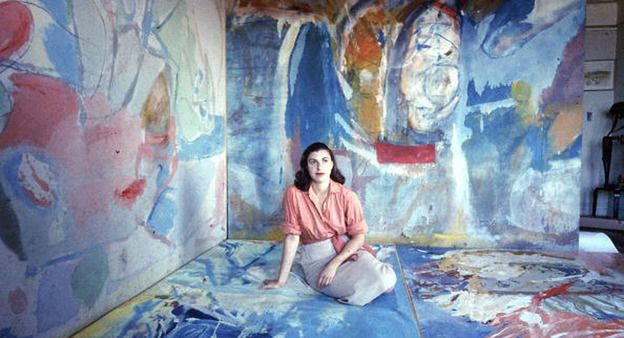


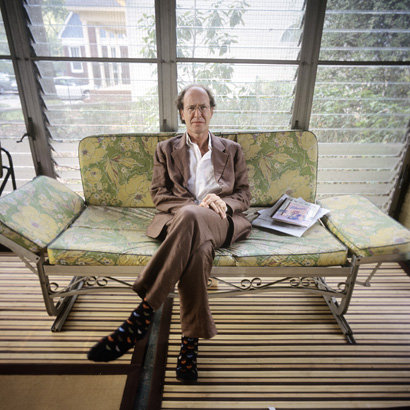
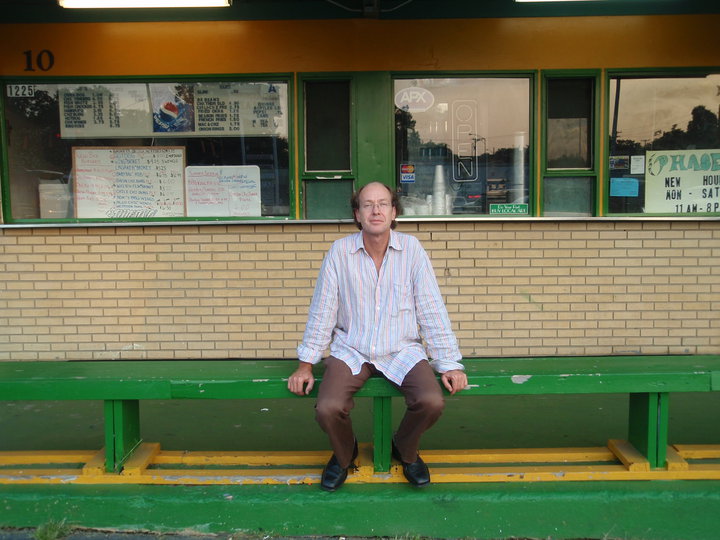








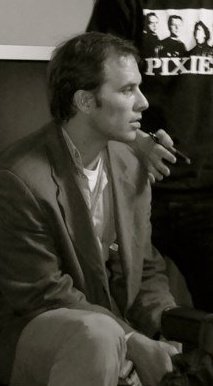










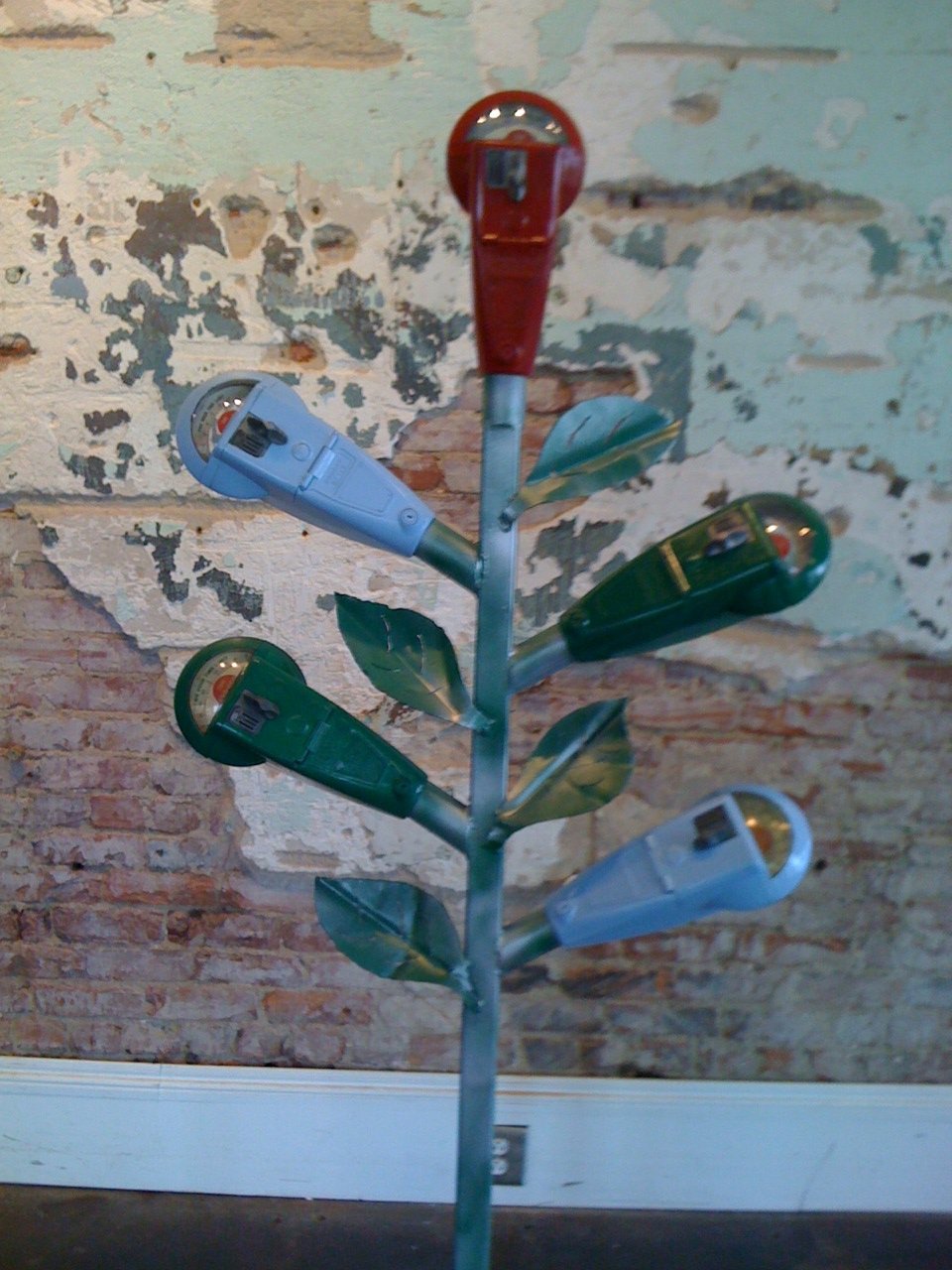

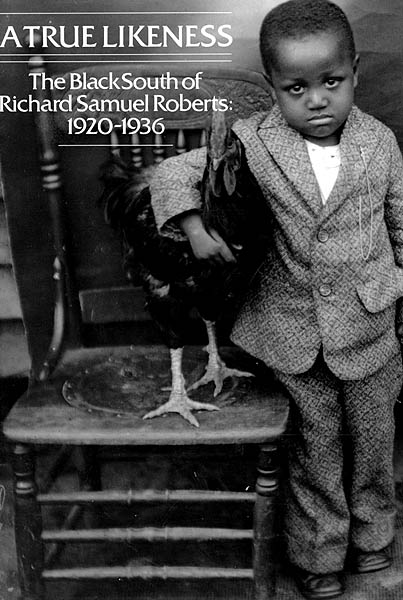
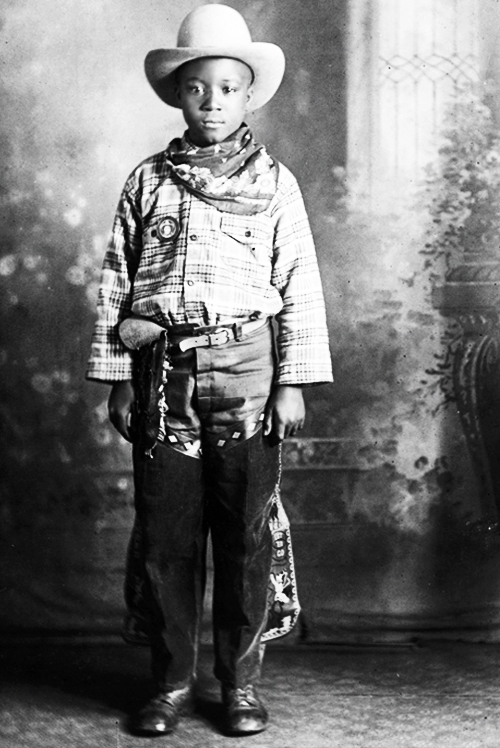


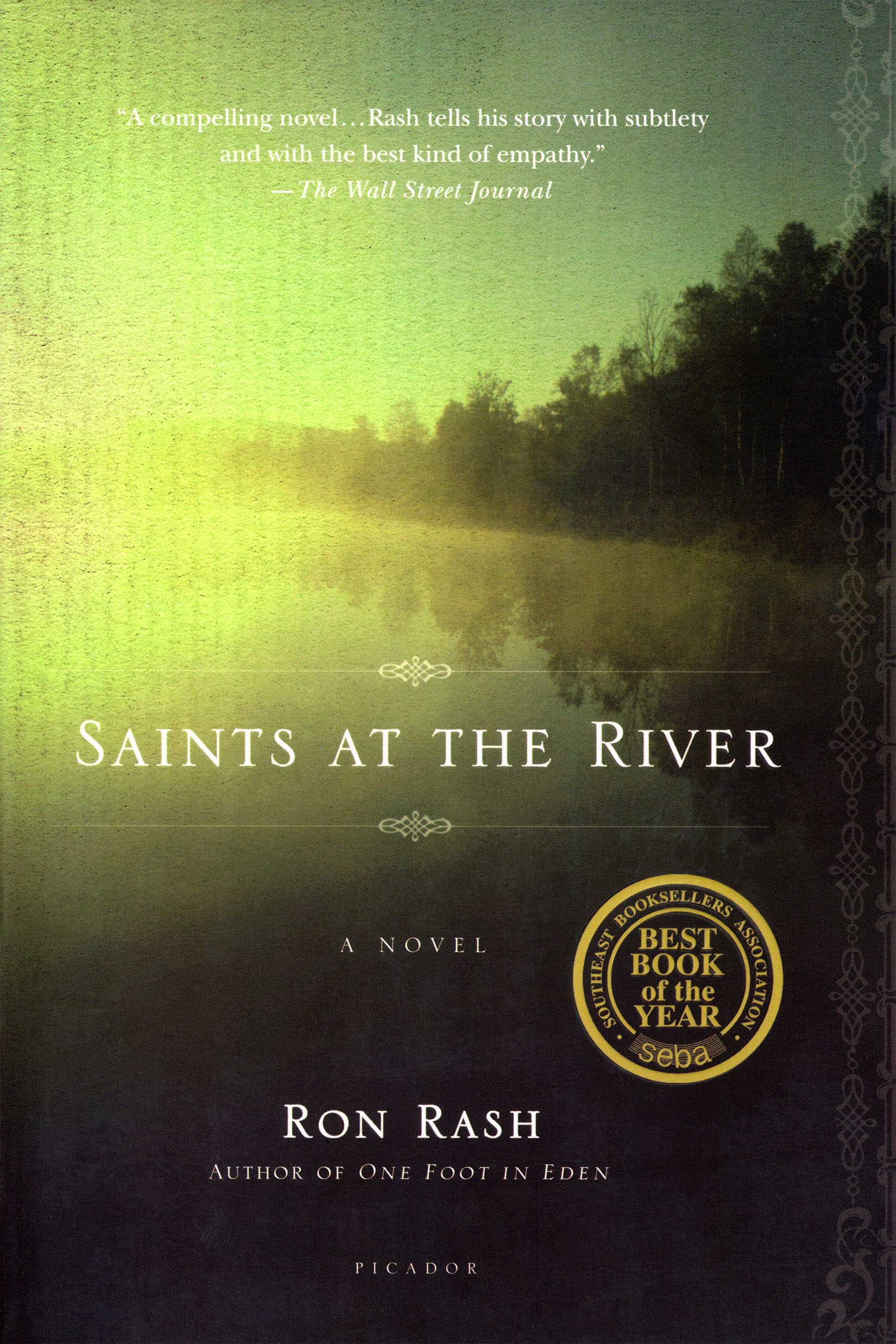



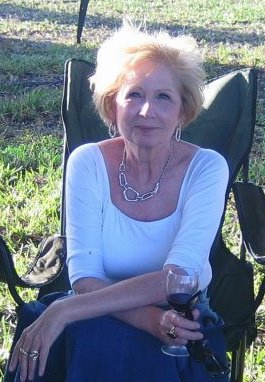

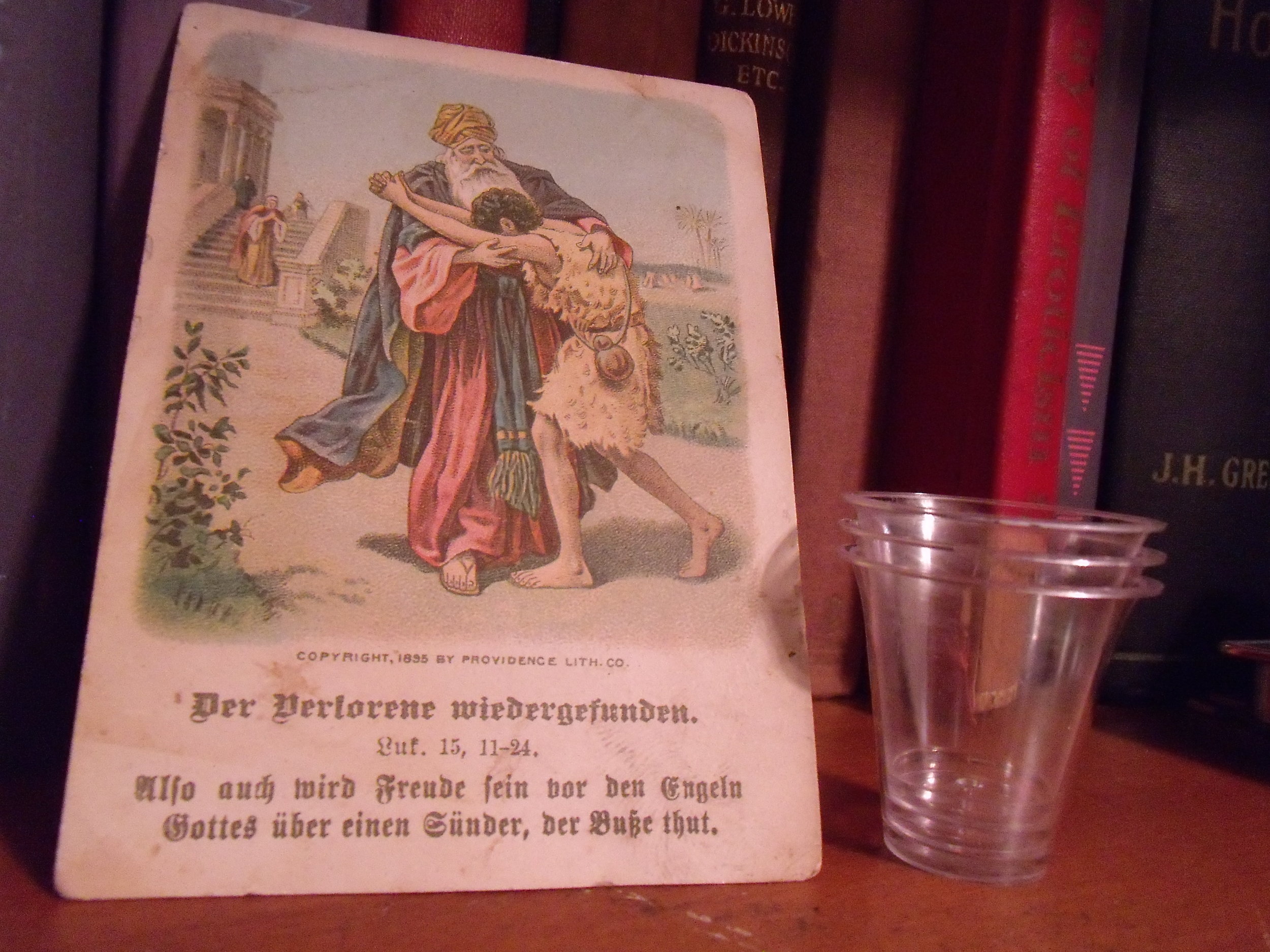

 I know, I know. The weather is getting nippy. You've got a million things to do toward getting ready for the holidays and/or ending the semester. You're behind on sleep and ahead on stress. And just when you were getting used to it being November, damned if December didn't sneak up behind you and go boo. You may be thinking to yourself that, given what a good patron of the arts you are in general, this particularly busy First Thursday in December might be one that you don't really have to attend.
I know, I know. The weather is getting nippy. You've got a million things to do toward getting ready for the holidays and/or ending the semester. You're behind on sleep and ahead on stress. And just when you were getting used to it being November, damned if December didn't sneak up behind you and go boo. You may be thinking to yourself that, given what a good patron of the arts you are in general, this particularly busy First Thursday in December might be one that you don't really have to attend.
